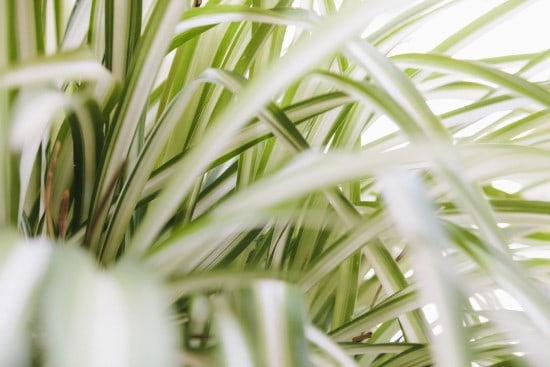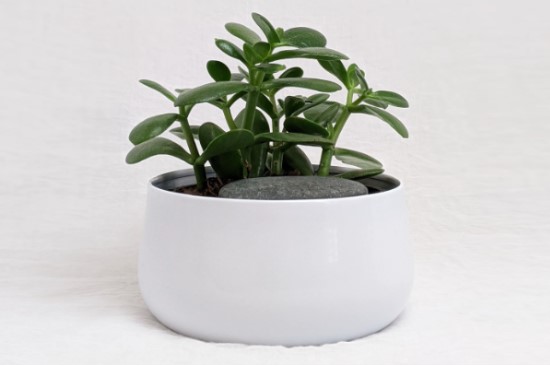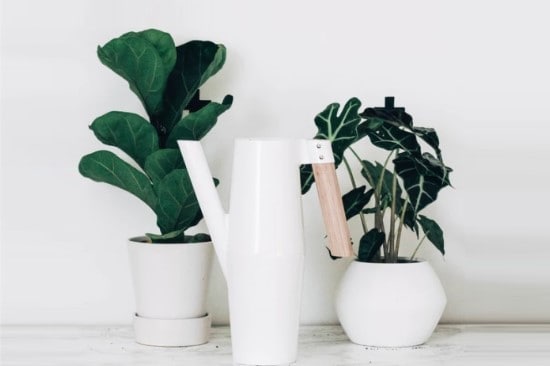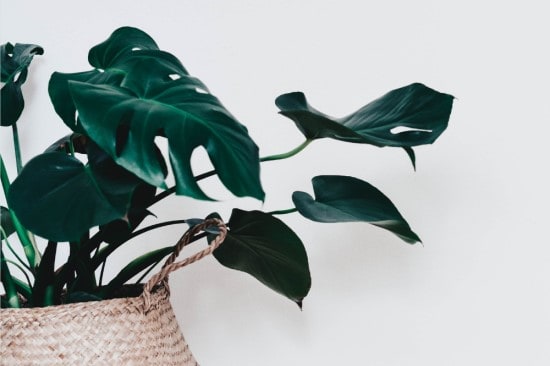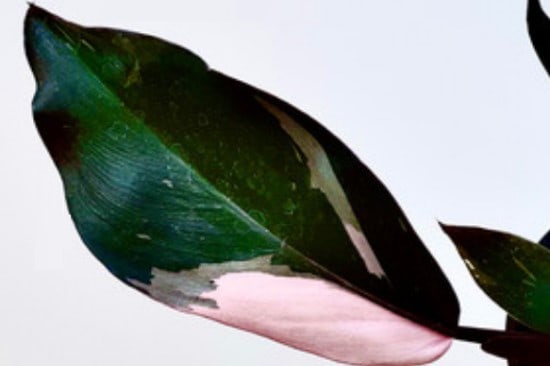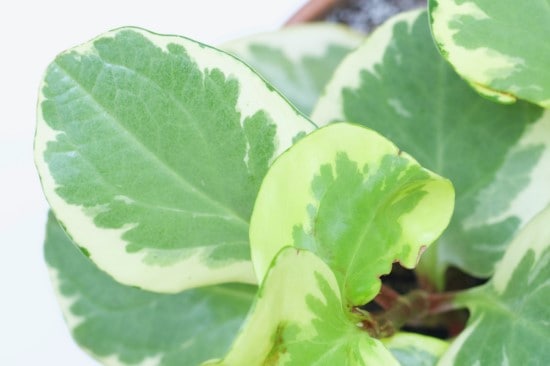Schefflera plants earned their nickname due to their umbrella-like leaves that radiate outwards from a central point. This houseplant is typically easy to take care off and adds a tropical feel to any room. You may find that your Schefflera leaves are drooping. There are a few reasons for drooping Schefflera leaves, including: watering issues, insufficient light, plant shock, low humidity, cold temperatures, and over fertilization.
How to Save a Dying Pilea: Complete Guide
The Pilea houseplant, commonly known as the “Chinese money plant” or “flying saucer plant”, is known for it’s round, green leaves. Pilea can be picky about their watering schedule and sunlight needs. Learn how to save a dying Pilea here.
Aerial Roots on Monstera? Everything You Need to Know!
Monstera plants are known for their broad, beautiful leaves with fenestrations. You may have noticed roots growing above the soil on your Monstera- these are aerial roots. Although they may look strange, aerial roots on Monstera are completely normal. Aerial roots are roots that grow above ground, and help with plant support and absorption of necessary nutrients.
Why Are My Monstera Leaves Turning Brown?
Native to South and Central American, Monstera houseplants thrive in warm and humid conditions. These houseplants are popular members of the Araceae family due to their large and fenestrated leaves (earning them the nickname Swiss Cheese Plants). While Monstera are generally easy to care for, a common problem many plant owners encounter is Monstera leaves turning brown. There are several reasons why this may occur- this article will help you differentiate between the reasons and provide solutions so your plant can bounce back.
Brown Tips on Snake Plant (Sansevieria)? Here’s Why
Sansevieria, commonly called the “snake plant” or “mother-in-laws tongue” is a popular houseplant that is known for it’s low maintenance nature and tolerance of neglect. This plant is a wonderful addition even to dark rooms and doesn’t mind a missed watering, making it great for busy plant owners.
Spider Plant Leaves Turning Yellow? Here’s 8 Reasons Why!
Spider plants (Chlorophytum comosum) have long, arching leaves. Native to tropical Africa, the spider plant is fond of indirect light, humid conditions, and proper watering. While spider plants have relatively few problems, yellow leaves are a sign something is wrong with your plant. However, if the problem is fixed, this resilient houseplant can bounce back.
Spider Plant Care Guide
Native to tropical and south Africa, the spider plant has grown popularity around the world due to it’s easy to care for nature. This houseplant is known for it’s long, arching leaves that look great in hanging baskets. Learn everything you need to know about spider plant here with this guide.
How to Revive a Dying Rubber Plant
Rubber plants (Ficus elastica) are popular houseplants with large, oval leaves that are fond of warm temperatures and humid conditions. If you notice your rubber plant’s leaves are turning yellow or brown, wilting, or dropping, it means that the plant is not well. Learn how to revive a dying rubber plant here.
Rubber Plant Care Guide
Ficus elastica, commonly called rubber plant, is a tropical tree with large, oval leaves. This plant is native to Asia, where it was used to make rubber before synthetics were available. Learn how to care for this houseplant here.
How Often Do You Water Pilea? Complete Watering Guide!
Pilea peperomioides, also known as Chinese money plants, have become quite popular over the past few years due to their easy to care for nature and cute, round leaves. One of the main problems plant owners have with Pilea is over watering- drooping or discolored leaves, leaf drop, and even plant death are common issues and all be due to too much water.
